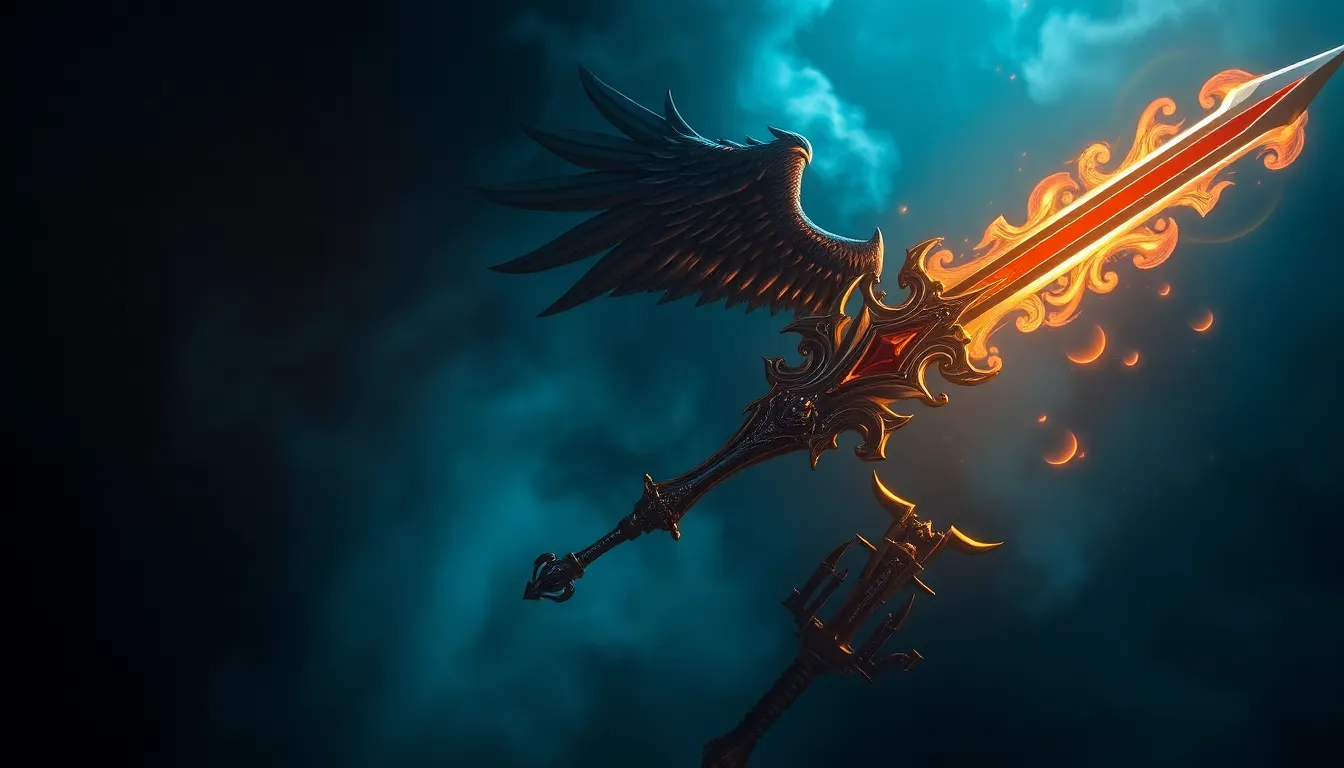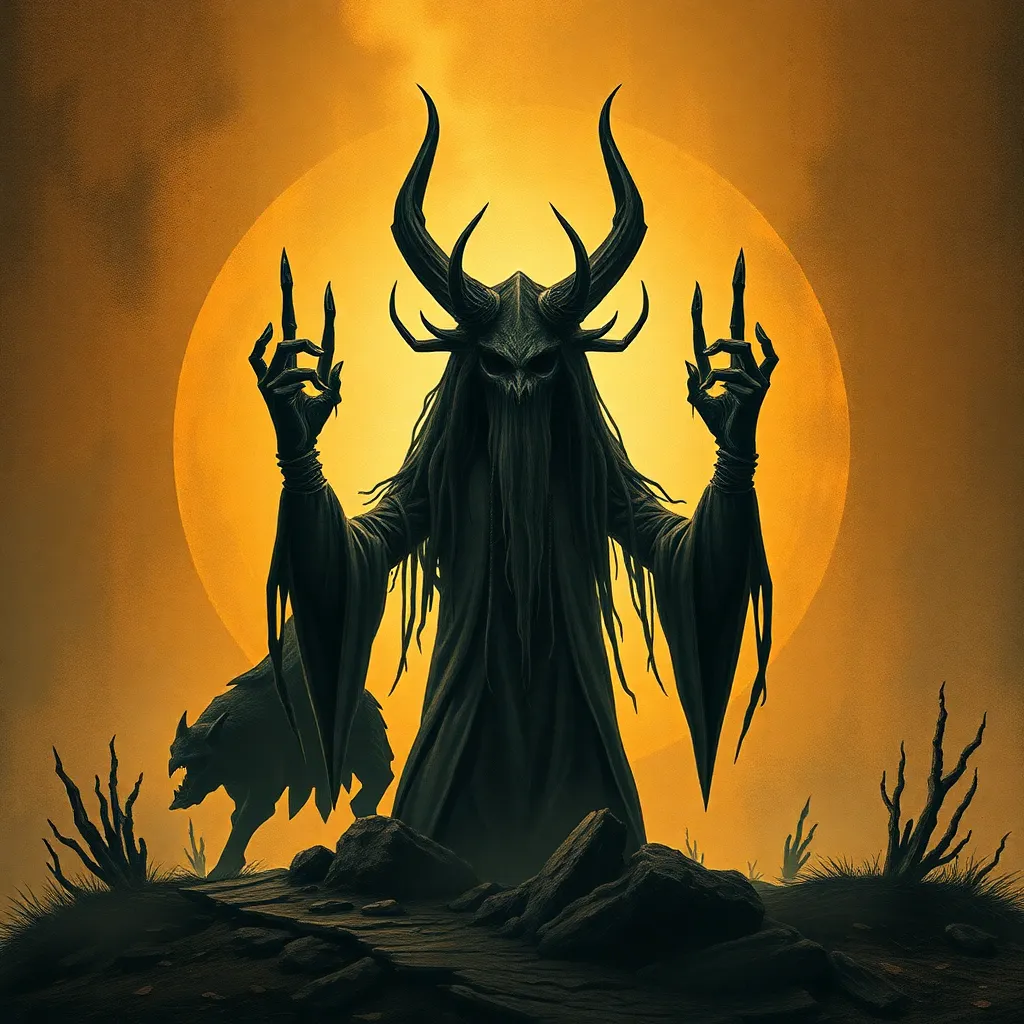Mythical Armaments: The Weapons That Embody Power and Prestige
I. Introduction
Mythical armaments are weapons that transcend ordinary functionality, embodying power, prestige, and often the very essence of their wielders. These legendary tools are steeped in cultural narratives and mythologies that have been passed down through generations, each with its own story to tell. Throughout history, weapons have played a significant role not only in warfare but also in symbolizing status, identity, and the divine.
This article explores iconic mythical weapons from various cultures, delving into their origins, significance, and the narratives that surround them. From swords that signify kingship to hammers that protect the realms, these armaments are more than mere tools; they are artifacts of cultural heritage that continue to resonate with us today.
II. The Role of Weapons in Mythology
In ancient civilizations, weapons were not only practical implements for combat but also held deep symbolic meanings. They often represented the strength and valor of heroes, the wrath of gods, or the fate of nations. The historical context of these armaments is rich and varied:
- Historical context: Civilizations such as the Greeks, Norse, and Japanese had intricate beliefs associated with their weapons.
- Symbolism: Weapons often served as status symbols, signifying the power and authority of their bearers.
- Connection to deities: Many gods were depicted with specific weapons, embodying their powers and responsibilities.
III. Legendary Weapons from Various Cultures
Different cultures have birthed weapons that have become iconic through legends and stories. Here are a few of the most famous:
A. Excalibur: The Sword of Kings
Excalibur, the legendary sword of King Arthur, is perhaps one of the most famous mythical weapons in Western literature.
- Origins: The sword is said to have been given to Arthur by the Lady of the Lake, symbolizing his rightful sovereignty over Britain.
- Representation: Excalibur represents ultimate authority and the divine right to rule, making it a powerful symbol of kingship.
B. Mjölnir: Thor’s Hammer
In Norse mythology, Mjölnir is the hammer wielded by Thor, the god of thunder.
- Power: Mjölnir is known for its destructive capabilities, capable of leveling mountains and defeating giants.
- Role: Beyond destruction, it also serves as a protective tool, safeguarding both gods and humanity.
C. Kusanagi: The Grass-Cutter Sword
Kusanagi, a legendary sword in Japanese folklore, is intertwined with the imperial family of Japan.
- Legend: The sword was discovered in the tail of an eight-headed dragon and is associated with the god Susanoo.
- Symbolism: Kusanagi represents the divine connection to the imperial lineage, embodying power and authority.
IV. The Craftsmanship of Mythical Weapons
The creation of mythical weapons often involves intricate craftsmanship that highlights the skill of the smith and the significance of the weapon itself.
- The art of forging: Mythical narratives often emphasize the divine or magical qualities of the forge and the smith.
- Materials: Many legendary weapons are said to be made from rare and magical materials, enhancing their powers.
- Significance of craftsmanship: The quality and artistry reflect not just the weapon’s power but also the character and values of its wielder.
V. The Wielders of Mythical Armaments
The relationship between heroes, their legendary weapons, and their destinies is a central theme in many myths.
A. Heroes and their legendary weapons
- Examples: Figures like Hercules with his club, or Beowulf with his sword, are often defined by their armaments.
- Relationship: The bond between a hero and their weapon often reflects their character and journey.
B. Villains and cursed weapons
Conversely, some weapons are associated with villains, often carrying curses that affect their wielders.
- Notorious figures: Weapons like the cursed sword of Kullervo in Finnish mythology illustrate the tragic fates of their owners.
- Impact: Cursed weapons often lead to downfall, showcasing the duality of power and responsibility.
VI. The Influence of Mythical Weapons in Literature and Art
Mythical weapons have made their mark not only in oral traditions but also in written and visual arts.
- Classic literature: Works like “Beowulf” and “The Iliad” feature legendary weapons as central elements of their narratives.
- Modern media: Films, video games, and comics frequently draw inspiration from these mythical armaments, bringing them to contemporary audiences.
- Artistic interpretations: Artists have depicted these weapons in various styles, reflecting their cultural significance and the stories behind them.
VII. The Legacy of Mythical Armaments
The myths surrounding these weapons continue to influence modern society in profound ways.
- Continuation of myths: The stories of mythical weapons persist in popular culture, often reimagined for new generations.
- Impact on contemporary culture: Mythical armaments inspire fashion, art, and storytelling today, showcasing their enduring legacy.
- Preservation of myths: These narratives are preserved through education and storytelling, ensuring their relevance in modern times.
VIII. The Psychological Appeal of Mythical Weapons
Mythical weapons resonate with human psychology, tapping into deep-seated archetypes of power and prestige.
- Archetypes: They embody the struggle between good and evil, heroism and villainy, appealing to our primal instincts.
- Human connection: The stories of these armaments often reflect our desires for strength, justice, and legacy.



